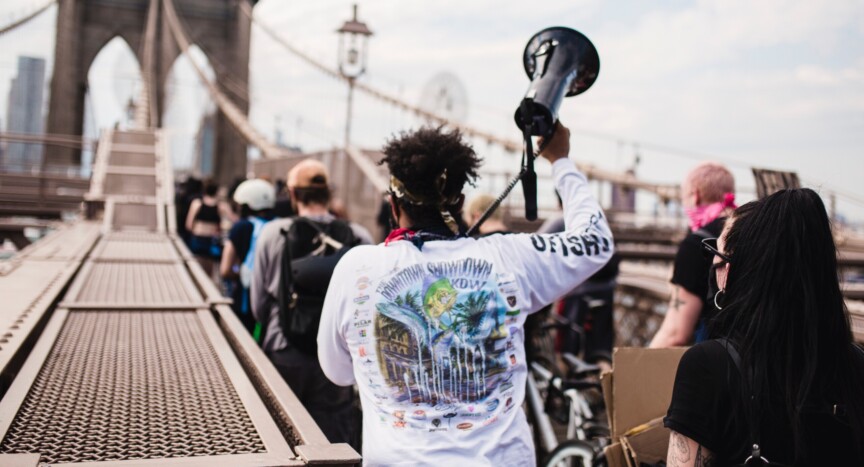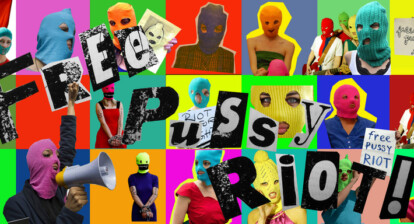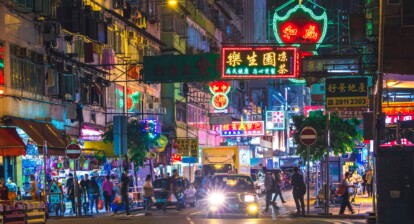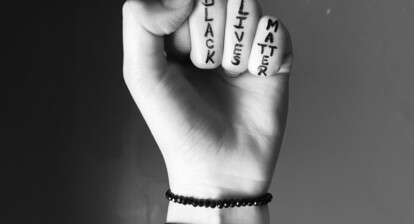With the death of George Floyd in Minneapolis, unrest broke out across the United States. While yearly thousands of activists come together peacefully, now the amount of participants using violence to express their outrage has never been this high. Even though this is often a minority of the supporters of an act, some participants see demonstrations as an opportunity to commit acts of violence, including destroying property, looting businesses and in some cases even using violence against other people. In the case of the Black Lives Matter Movement, death as a result. This raises questions about the effectiveness of violence in protests on the outcomes of a social movement.
Violence: effective or counter-effective?
Organizing a protest entails various aspects such as: coordinating collective action, time, participation, funds as well as effective strategies for achieving the intended goal – social change. A protest can be violent in two ways: through the violence of activists and through the violence of the police against protestors. There is certainly more evidence that non-violent protests are more successful. This started with the approach of the US civil rights movement and the philosophy of Martin Luther King Jr. He claimed that non-violence is essential for lasting social change. Also, more recent theories support this claim. Large non-violent protests have resulted in social change 53% of the time, while violent protests only succeed for 26% [1]. We might conclude that violent protests are counterproductive and ineffective in achieving social change.
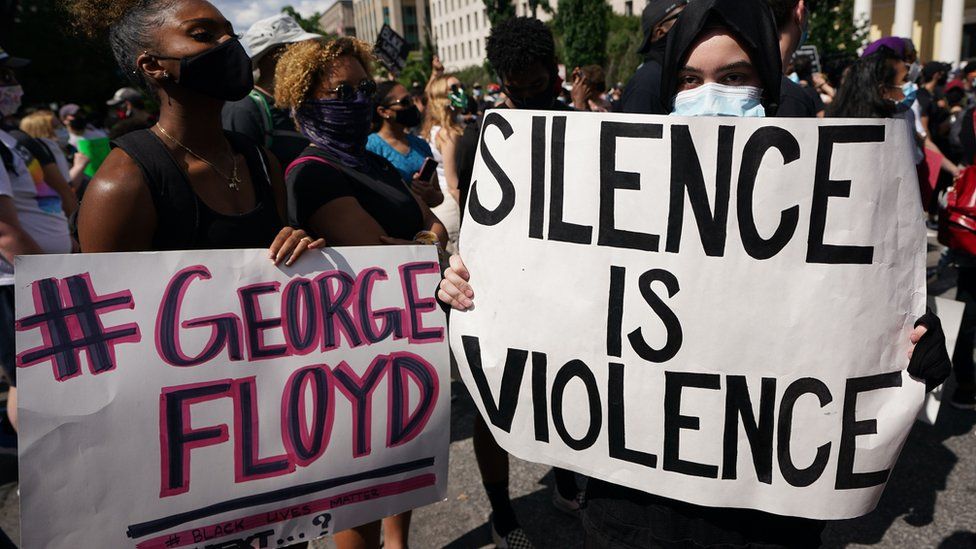
The response from public opinion
Although most social movements target the state, many protests are viewed by a broader public. This counts specifically for violent protests because these acts often reach a larger audience through media coverage compared to more peaceful acts [2]. That might look like a benefit for “violent activists’’ because more attention means more support from the public and probably also from politicians. However, a violent protest also has the potential to shape public opinion in a negative way [3]. The use of violence during protests causes protest groups to be perceived as less reasonable by the general public. This will eventually lead to reduced identification and support from outsiders [4].
[…] it is important to keep in mind that protesters are joining in collective actions for a reason; the system does not work for them and/or they feel oppressed.
Gordana Rabrenovic, associate professor of sociology and director of the Brudnick Center on Violence and Conflict points out that in order for a movement to gain support and perceive long-term social change, peace and consensus are crucial factors. She argues that violence can push potential supporters away. For a protest to get bigger, people on the sideline saying “this is my issue too’’ are required. Klandermans [5] calls these people ‘sympathizers’. A part of the success of a protest may be derived from turning sympathizers into people that feel motivated enough to take part in collective action and become an active participant. Violent protests can discourage people from joining a social movement. For example, if someone was initially skeptical about the claims of the BLM movement and would have their route to work blocked by activists during a protest, the person would use this experience as motivation to take distance from the movement and not become a supporter of the cause.
(Martin Luther King Jr)…claimed that non-violence is essential for lasting social change
Violence, the language of the unheard
To conclude, even though violent acts often attract more media attention, it might lead public opinion to reshape in a negative way resulting in sympathizers thinking twice before they join a social movement. Despite the amount of empirical evidence against violence in protests, it seems not always easy or feasible for protesters to choose the non-violent option and follow Dr. Martin Luther King Jr. ‘s model. In spite of the debate, it is important to keep in mind that protesters are joining in collective actions for a reason; the system does not work for them and/or they feel oppressed. This mobilization of people, comes with a lot of emotions such as fear, anger, despair, and pain. If we as a society do not listen to these protestors, the cycle of using violence as a tool for social change will continue. It will be the case because violence is the language of the unheard.
References
[1] Chenoweth, E., Stephan, M. J., & Stephan, M. J. (2011). Why civil resistance works: The strategic logic of nonviolent conflict. Columbia University Press.
[2] Myers, D. J., & Caniglia, B. S. (2004). All the rioting that’s fit to print: Selection effects in national newspaper coverage of civil disorders, 1968-1969. American Sociological Review, 69(4), 519-543.
[3] McAdam, D., & Su, Y. (2002). The war at home: Antiwar protests and congressional voting, 1965 to 1973. American sociological review, 696-721.
[4] Thomas, E. F., & Louis, W. R. (2014). When will collective action be effective? Violent and non-violent protests differentially influence perceptions of legitimacy and efficacy among sympathizers. Personality and Social Psychology Bulletin, 40(2), 263-276.
[5] Klandermans, B. (2015). Motivations to action. The Oxford handbook of social movements, 219-230.

